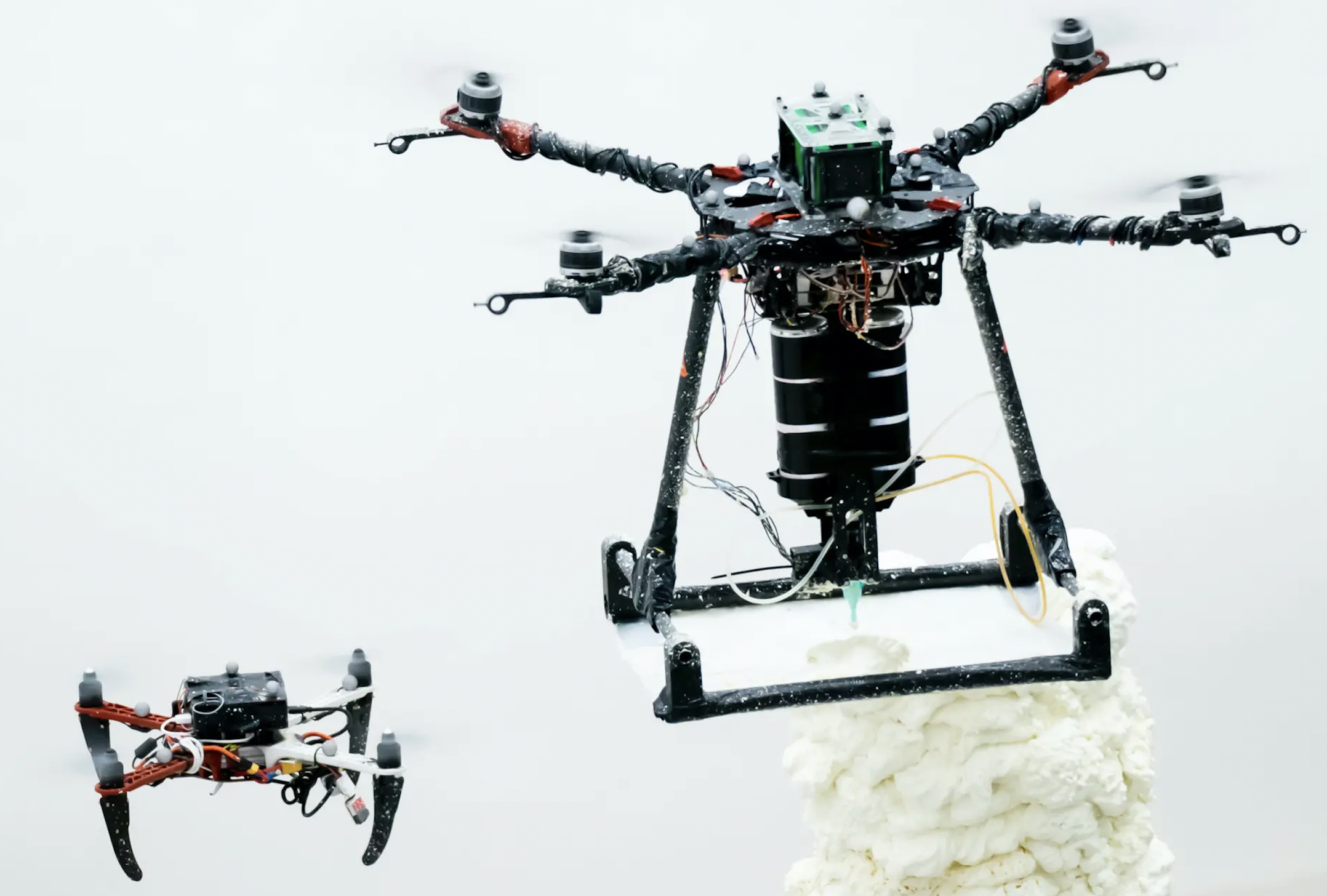The Role of Bees in STEM Innovation
July 14, 2023Observed uncritically, bees may be thought to fly erratically and without direction – that they are randomly experiencing the world rather than intentionally navigating it. However, for more than a century, scientists have observed that honeybees exhibit specific flight patterns known as "waggle dances" and "round dances" to communicate and navigate their surroundings. These dance patterns help bees convey important information about the quality, distance, and direction of food sources, enabling other bees in the colony to locate and exploit those resources.
Now, scientists have discovered that not only do honeybees navigate their environments strategically, they also possess remarkably efficient decision-making abilities when choosing flowers for nectar. In a recent study, a team of researchers from the United Kingdom and Australia trained bees to recognize artificial flowers of different colors, observing that the bees made rapid and precise decisions within seconds by using minor variations in color or odor to determine if a flower provides food.
These findings could lead to potential advancements in robotics, mechatronics, and artificial intelligence, expanding on the many ways bees have already inspired innovation in these fields. Here are a few ways bees’ remarkable abilities and behaviors have led to discovery and invention:
Swarm Robotics
Bee colonies' collective behavior and efficient decision-making have inspired researchers to develop algorithms and techniques for controlling groups of robots. These algorithms mimic the decentralized decision-making, collaboration, and information exchange observed in bee swarms.
Bio-inspired Design
Bee-inspired drones, designed to replicate bees' flight mechanisms, wing structure, and agility, are being developed for various applications, including search-and-rescue operations, agricultural field monitoring, and environmental surveillance. Bees' efficiency in energy consumption has also inspired researchers to mimic it in the development of energy-efficient drones and autonomous robots.
Navigation and Visual Perception
Bees' exceptional navigation skills – which use vision, memory, and sensory input – have been studied to develop autonomous robots capable of mapping and exploring unknown environments. Robotic systems have also replicated bees' sensing abilities, such as detecting odors or vibrations, for applications like gas leak detection and environmental monitoring.
Bees' excellent visual perception and their ability to navigate through complex environments by using visual cues have influenced the development of computer vision algorithms and AI systems. This has led to significant contributions to critical AI tasks such as object recognition, image classification, and scene understanding.
Pollination
Bees' vital role in pollination has led to the exploration of robotic pollinators. These robots aim to mimic bees' ability to transfer pollen, ensuring crop pollination in the absence of natural bees.
Learning and Adaptation
Bees' complex learning and adaptation behaviors, such as memorizing flower locations and adjusting foraging strategies, have inspired the development of adaptive learning algorithms for robots. By studying bees' learning mechanisms, AI systems can become more adaptive, self-improving, and capable of acquiring knowledge from the environment.
Collective Decision-Making
Researchers have studied how bees make decisions as a group, leading to the development of AI algorithms for collective decision-making. These algorithms enable multiple agents or AI systems to work together to reach a consensus or make joint decisions.
Neural Networks
The study of bee brains has provided insights into neural network architectures and information processing mechanisms. These insights have contributed to the development of artificial neural networks, a key component of AI systems used in pattern recognition, decision-making, and cognitive computing tasks.
By studying and emulating bees' behaviors, researchers are hoping to create more intelligent, versatile, and efficient technologies for a wide range of applications. Bees offer valuable insights into nature's solutions to complex problems, which can be harnessed to improve the performance and efficiency of robotics and AI systems.
Capitol Technology University’s degree programs in Engineering Technologies can prepare you to lead nature-inspired innovation and create the future of robotics and artificial intelligence. For more information, visit the Capitol website or contact our Admissions team at admissions@captechu.edu.



